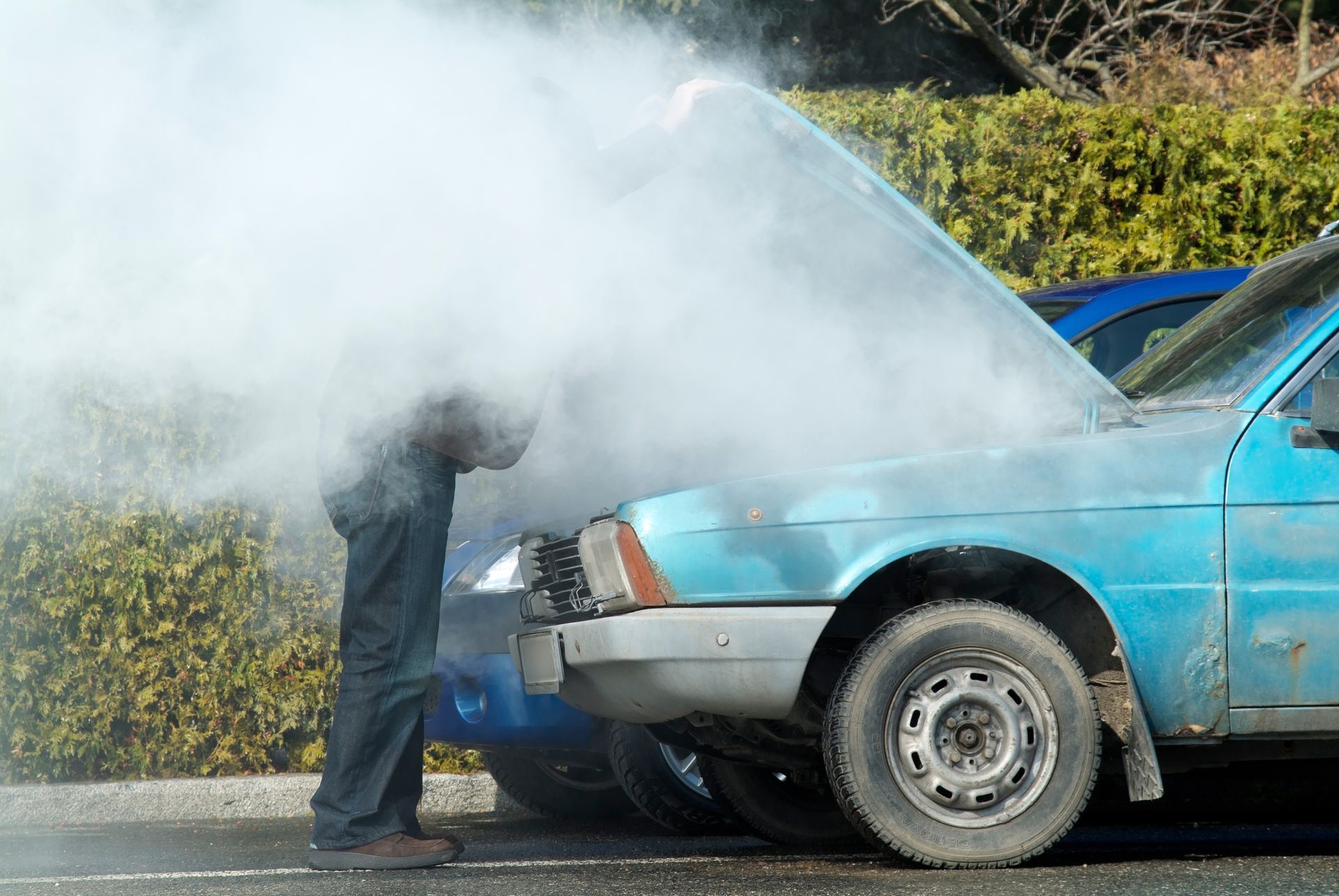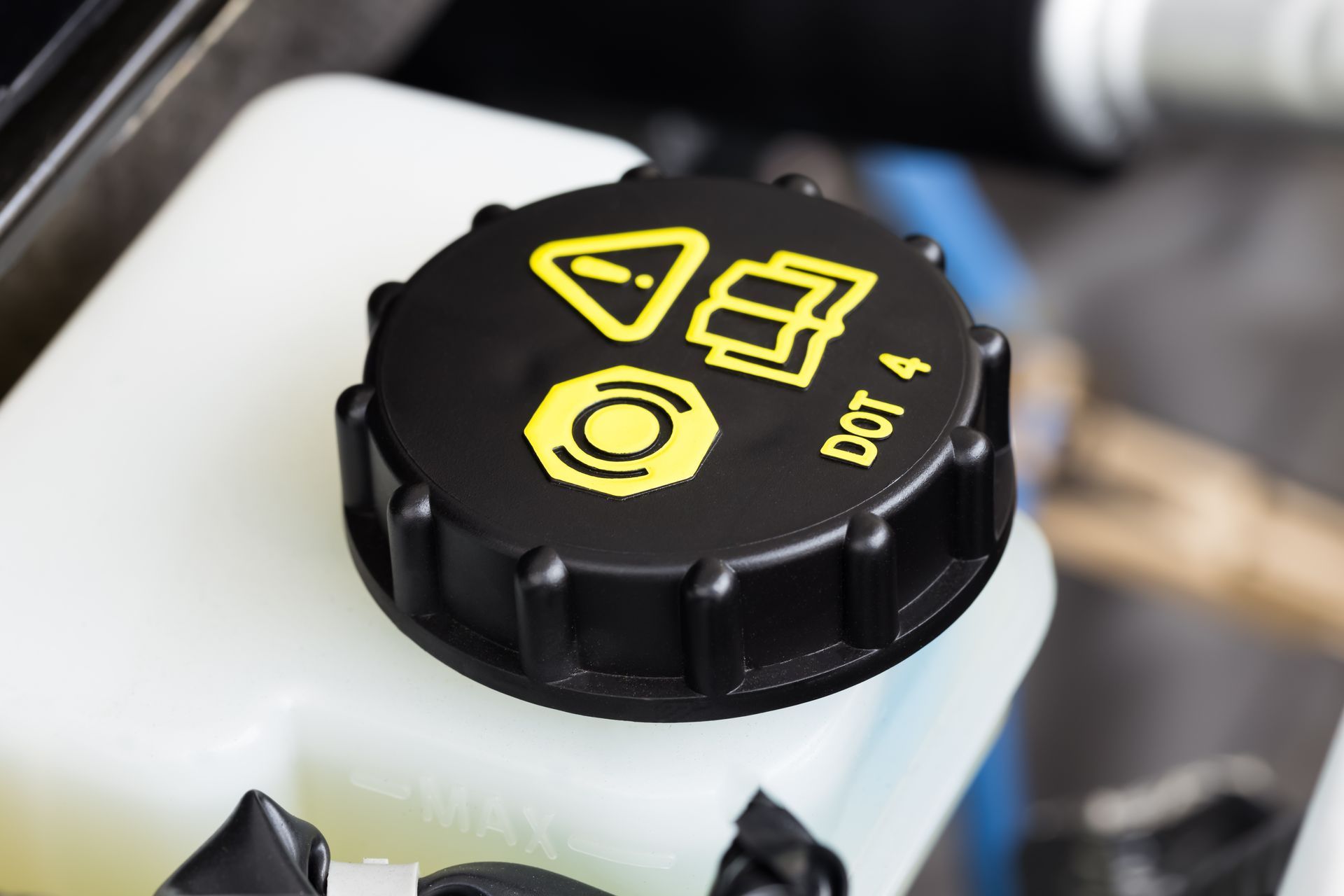
Modern vehicles are equipped with a power steering system that allows you to effortlessly steer your vehicle. Without power steering, the steering wheel would feel super difficult to turn and you'd probably have some pretty gnarly biceps after years of driving. However, we have the ease of power steering which basically helps to multiply the force we use to steer into enough force to move our wheels in the direction we want them to go.
But, what is happening if our steering wheel feels loose? You may notice that you need to move the steering wheel to one side significantly in order to get your wheels to move at all, which can cause issues controlling your vehicle and make steering hard to navigate. In other words, your tires are not responding well to your turning of the wheel. Plus, there seems to be a lack of pressure that you usually notice when you go to turn your steering wheel. This definitely isn't normal for modern vehicles, and something must be amiss - but what could cause this?
While you may think that the issue is with your power steering system, a loose steering wheel often points to issues with the suspension system. The steering and suspension systems are closely connected, and the problem you are experiencing could be caused by a connecting component. Let's look at some of the possible causes of a loose steering wheel:
- Worn tie rods - tie rods are the connection between the steering system and the tires. Tie rods are present is both ball steering setups and rack and pinion set ups, and can become worn over time. If the tie rods are worn, the steering wheel can feel loose and also squeak when turned.
- Worn pitman arm - the pitman arm is a component in steering systems that utilize the recirculating-ball setup. If the pitman arm is worn, it can cause issues with steering because the pitman arm connects to a gear attached to the steering wheel.
- Worn ball joint - The ball joints connect the wheels to the suspension system, and worn ball joints can make the connection between the steering system and the wheels loose. This can lead to steering issues and a banging sound when going over bumps.
If you are experiencing issues with your steering, don't hesitate to bring your vehicle into the experts here at BG Automotive. We want to ensure that your vehicle is safe, and proper steering is vital to the operation of your vehicle. Don't hestiate to stop by or give us a call today!










